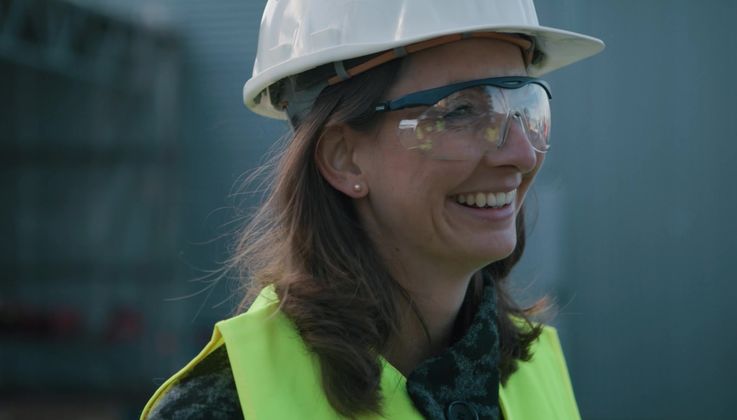
Competitive edge through information
The complexity of the global raw materials markets is steadily rising. This is leading Strategic Procurement at Evonik to evaluate an enormous range of information sources. How do you manage to tap into a digital stream of data and benefit from it? The Procurement team has come up with a smart way to meet the challenge.
It is the filtering function of human consciousness that sets it apart. We can take the complexity of all our sensory impressions and reduce them to what is most important. That means we can focus on the aspects of reality relevant to us. But in a digitalized world, our physical filtering functions are increasingly pushing against their limits. We have reached the point where it is crucial to adapt our capabilities to new requirements. Artificial Intelligence (AI) is the key to this, as the market intelligence platform CRISP at Evonik Procurement illustrates.
Relevance from complexity
At the outset, when the idea emerged in 2016, it was solely in the mind of Dr. Ilja Aizenberg, who then worked in Evonik Procurement Strategy. “Based on my daily experience, it was becoming increasingly clear that we are no longer able to filter and evaluate the growing quantity of digital information appropriately,” he recalls. Aizenberg wanted to turn the principle of information searches on its head: “The relevant information should come to the users and not the reverse.” His idea found a receptive audience. With growing volatility in the raw materials markets and an increasing number of information sources, there was a need for action. This spurred the development of the “Cognitive Raw Materials Intelligence Service Platform,” or CRISP, in 2017. The goal: relieve sourcing managers of the burden of doing time-consuming research and create an opening for a valuable information edge.

Smart filter
How does CRISP work? The system evaluates a massive number of information sources using automated internet searches and data services. The spectrum of digital sources ranges from conventional news sites from around the world, to social media, all the way to market reports (see infographic). “In order to evaluate market information with an automated process, we arranged for the services to provide them via a digital interface,” Aizenberg points out, and then adds: “Some of our providers had to first create these interfaces, so-called APIs, themselves. But in the end, they appreciated the push for innovation.” From the plethora of information available digitally, CRISP chooses relevant items autonomously and continually proposes an assortment to the user. The user receives it in a personal newsfeed and can then evaluate individual reports for their usefulness, training the AI system in the process. “The system learns from the evaluations. From then on, it only suggests items resembling those evaluated as good. In the process, the artificial intelligence system can assess different and often more complex parameters than we humans can,” Aizenberg says.
Self-developed self-learning
The team led by Aizenberg trained the algorithm behind CRISP. “We would never have reached our goal without direct feedback and input from users, especially from Birte.” As a strategic sourcing manager, Birte Winkel was heavily involved at the development stage: “I was the guinea pig, so to speak (laughs). Among other things, I am responsible for procuring several strategic raw materials for the global organization. As a first step, we trained CRISP for certain materials.” The search results’ quality depends directly on the training, so the selection of search terms was continually refined.
Expanded market knowledge
The development work paid off: “With CRISP’s help, I am learning from events that would never have attracted my attention otherwise, especially in light of the confusing mass of events and information sources around the world,” Winkel says. “For example, CRISP proposed an article from a foreign daily newspaper. I would never have run into the paper on my own. The article involved local information with global relevance that helped us to refine our sourcing approach.”
Speed pays off
A broader knowledge of the value chain is a key advantage, and a head start in the use of this knowledge is just as important. ”Take the early warnings on disruptive events as an example. Most of the time, an accident on a supplier’s production line or an important transport route will show up in local Twitter feeds much earlier than in traditional media,” Winkel says, adding: “A head start makes it possible for Evonik Procurement to respond more quickly.” The advantages don’t just appeal to Evonik sourcing managers. “The future has still more topics in store for us, and CRISP is learning about them every day,” Aizenberg says.



